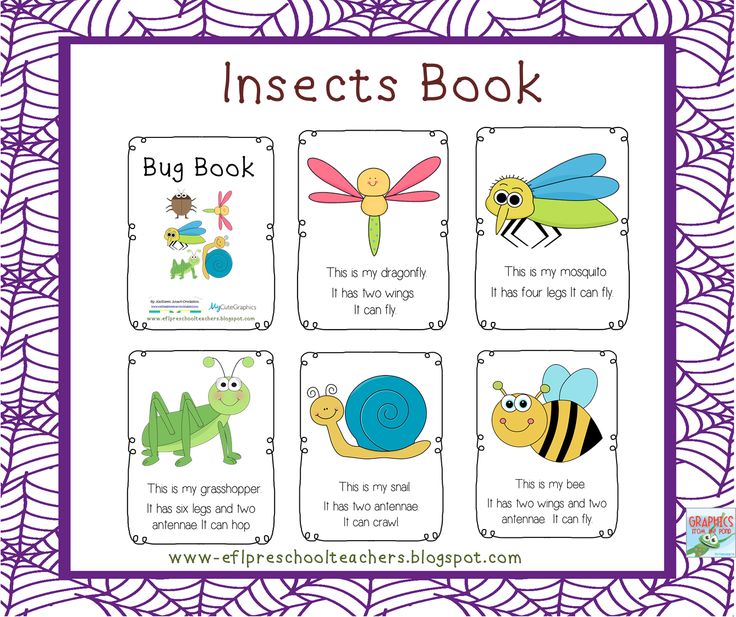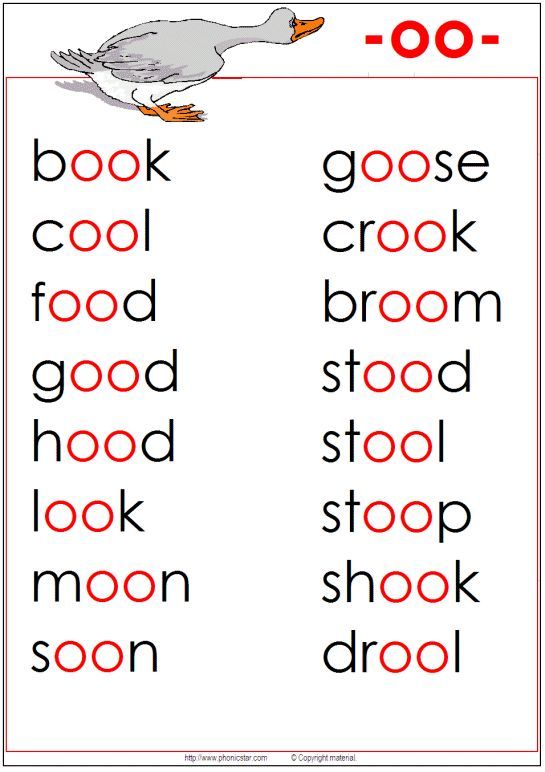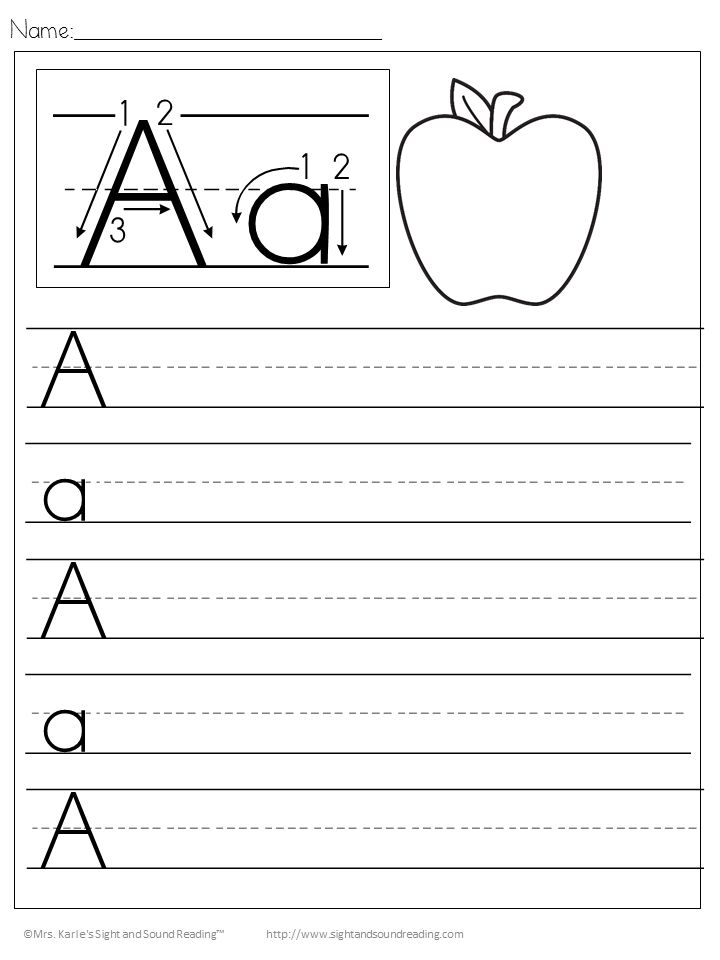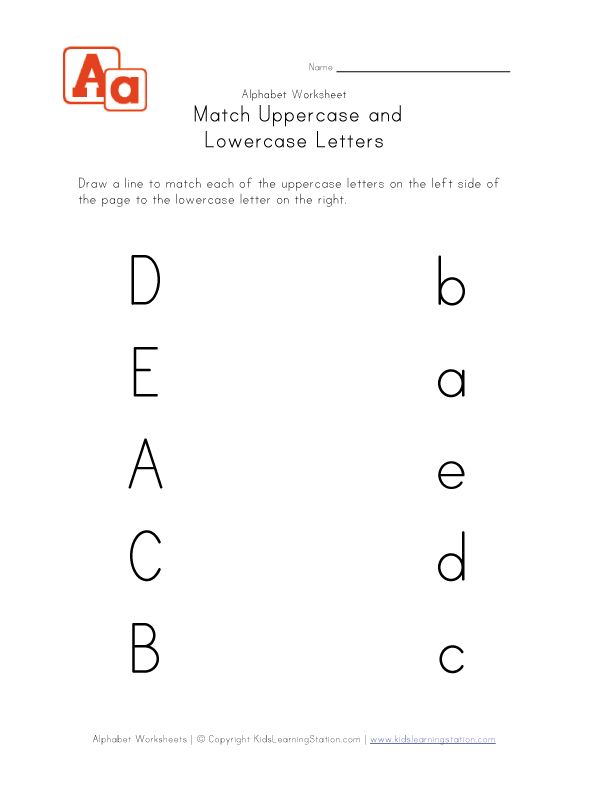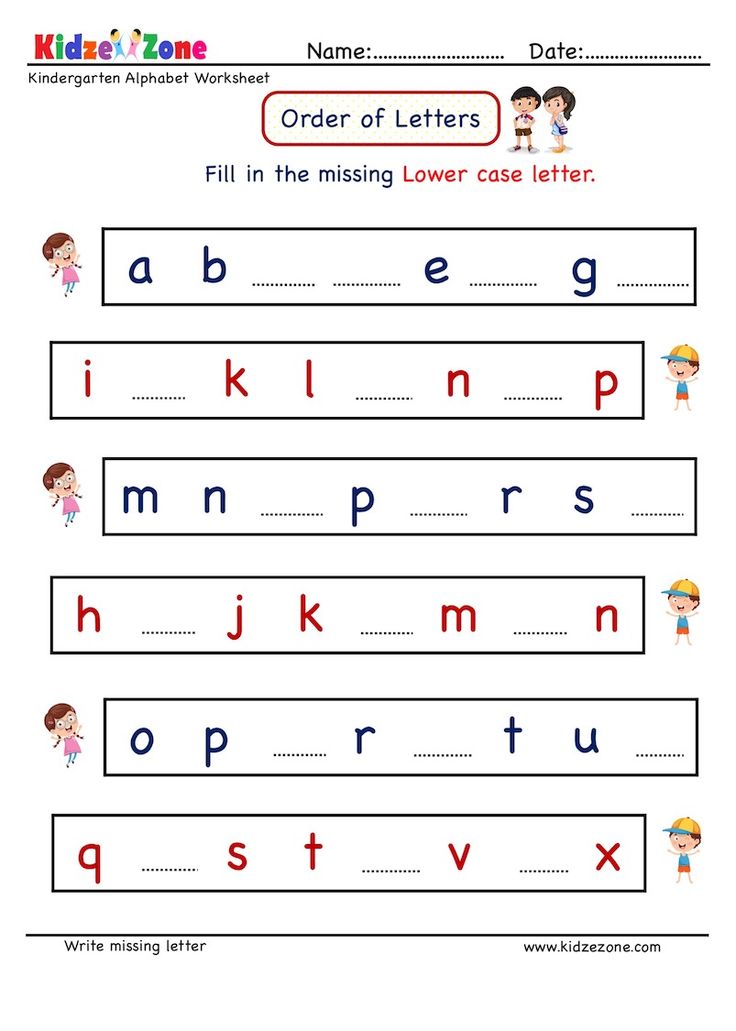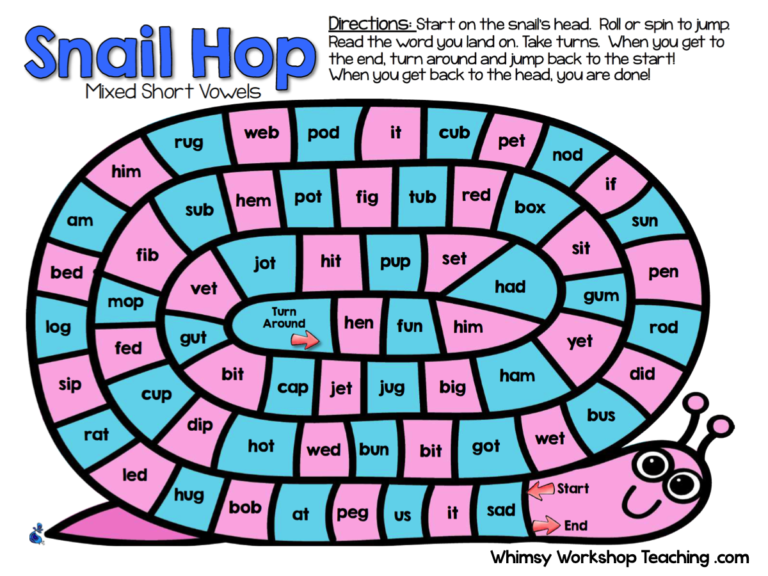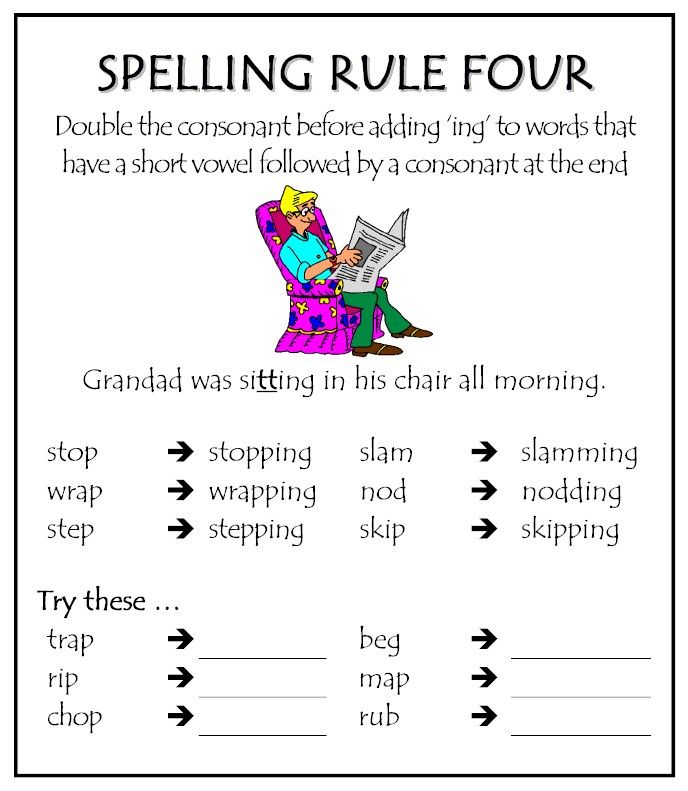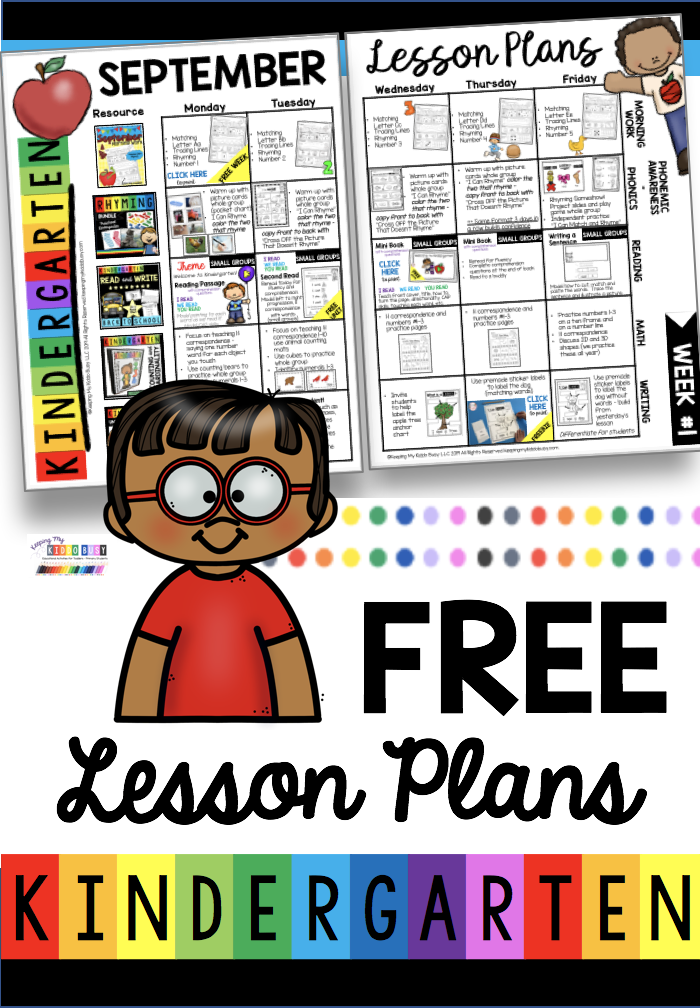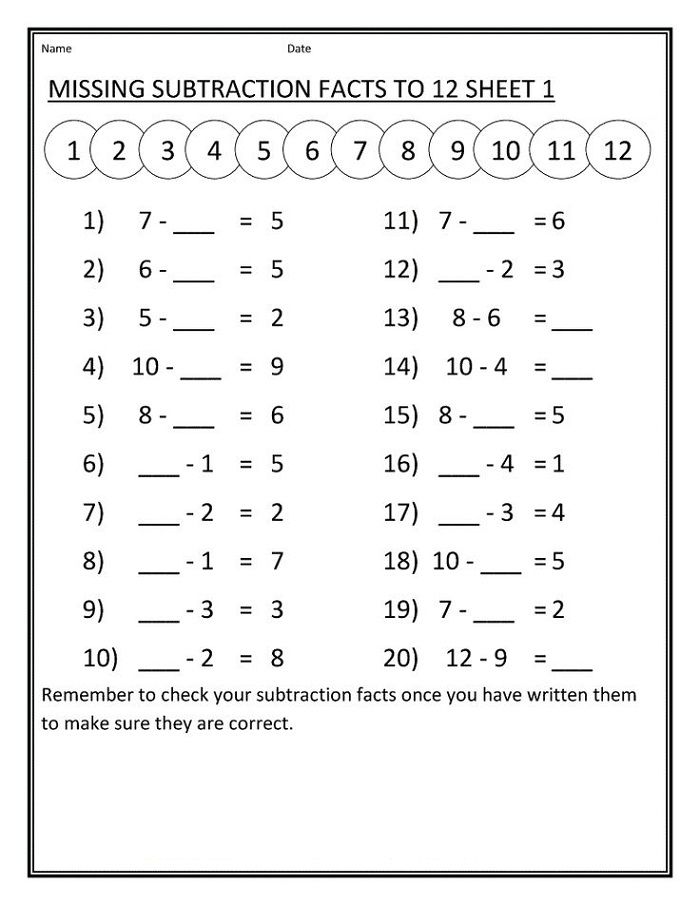Bug preschool books
Bug Books for Little Learners
Creepy, crawly, slimy, squirming… bugs! Let’s learn about these creepy crawlies with these bug books for little learners!
Ants, grasshoppers, and beetles are just a few of the bugs your readers will find in these books. With summer right around the corner, this is the perfect theme to study.
Along with discovering the variety of beetles, butterflies, and other critters, your little learners will be able to practice their math, color, and singing skills.
Let’s jump, wiggle, and crawl our way to the best list of bug books!
This Post Contains Affiliate Links
Bugs! Bugs! Bugs!
Everywhere you look, you see bugs! Have your little learners discover and point out where to find all of the bugs. From ants to grasshoppers.
Beetle Bop
Get to singing with your class and this fantastic bug book! Your little learners will be eager to learn all about bugs with this catchy song.
The Itsy Bitsy Spider
A classic song and tale I had to include. With this song and the one above, there will be some fantastic bug dancing taking place in your classroom.
Caterpillar to Butterfly
The transformation from caterpillar to butterfly is a miracle to watch. Thanks to National Geographic, you can get a close-up look at each step that transforms a wiggly bug into a flying piece of artwork.
A Bee’s Life
Buzz… buzz. The life of a honey bee is a busy one. Show your little learners what it’s like in the day of the life of a bee with this bug book that has some incredible photographs.
Wonderful Worms
Even those slimy words need a little appreciation and respect. This book gives little learners a reason to love them and all that they do.
A Beetle is Shy
There are so many different kinds of beetles. From the ladybug to the flea beetles, every beetle is unique in its own way.
There Was an Old Lady Who Swallowed a Fly
“I don’t know why she swallowed a fly… perhaps she’ll die!” This is where it all started with that old lady.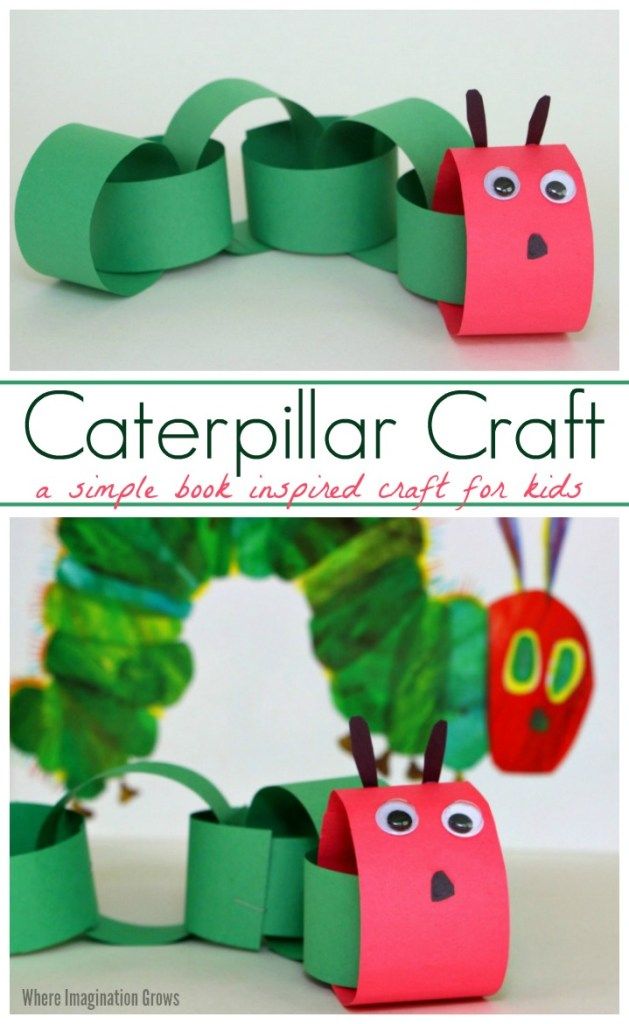 A must-have classic for every classroom.
A must-have classic for every classroom.
The Ants Go Marching
When it starts to rain the ants go marching to find shelter. This book has die-cut holes to show how the ants live in the ground. Adorable!
Ants
National Geographic captured photos that will take your breath away. I wonder how they captured photos in such small quarters.
Shoo Fly!
Follow along as a mouse tries to shoo a fly that is very persistent. This is a silly story about one pesky little bug.
Waiting for Wings
When your little learners start asking you about butterflies, read them this book. It will give them answers to all of those butterfly questions.
Look Closer: Bugs
Bugs sure are interesting little critters. All you need to do is take a look at these photos that show all of the details of bugs. Along with the photos the book gives some interesting facts on bugs and their lives.
Ten Little Ladybugs
As readers count along… the ladybugs seem to fly away.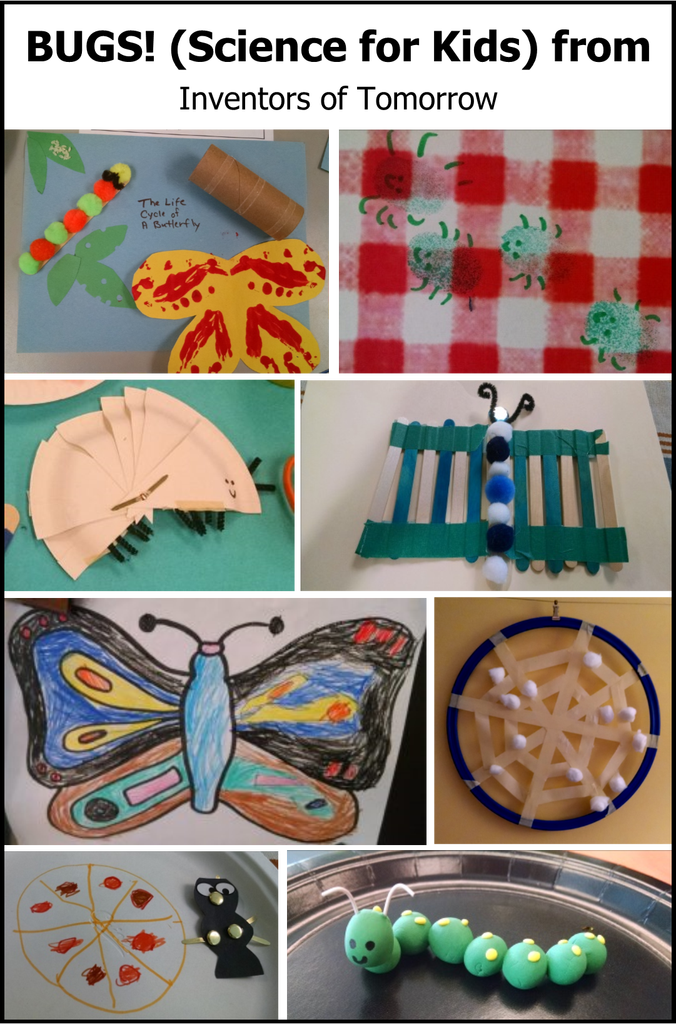 But there is a surprise at the end of this bug book!
But there is a surprise at the end of this bug book!
I Love Bugs
There are a million reasons to love bugs. Some make honey… and others light up! Why do your little learners love bugs?
The Very Busy Spider
Spider is so busy building her web, not even the animals on the farm can distract her from a very important job… building her spider web. I love this book because the web is textured, which makes it a hands-on book for readers.
The Very Hungry Caterpillar
Those caterpillars are sure hungry! Kind of reminds me of a few little learners… get your readers to share their favorite things to eat.
Monarch Butterfly
Now here is my type of bug! The beautiful, colorful, and intriguing monarch butterfly. Read this book to your little learners to spark a love of these little creatures.
Bug Dance
Get those bodies moving with a little help from this bug book. Do the bug boogie with your little learners and wait for the giggles to begin.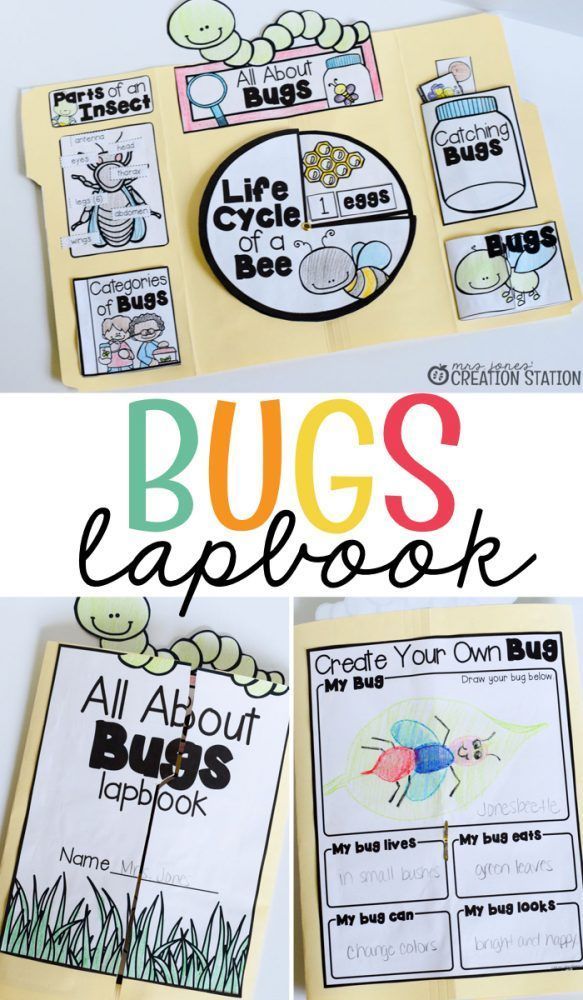
The Very Lonely Firefly
This bug book highlights the joy that fireflies bring with their blinking lights. With the push of a button Eric Carle’s illustrations light up!
The Grouchy Ladybug
Ladybugs look so friendly… so why is this one so grouchy? Get your little learners to guess before the start of the book.
Inch by Inch
This little worm loves to measure everything in site! Inch by inch. Readers will be pulled in by this classic bug book.
From Caterpillar to Butterfly
This educational science book takes readers along as a caterpillar transforms into a beautiful butterfly.
The Best Bug Parade
Take advantage of all the bugs to start practicing those math skills. Don’t forget to stop along the way and take note of all the unique designs on each bug.
The Very Quiet Cricket
Everyone knows crickets for their chirping sounds… so why is this cricket so quiet?
The Very Clumsy Click Beetle
When a click beetle gets stuck on his back, he can’t seem to get back on his feet.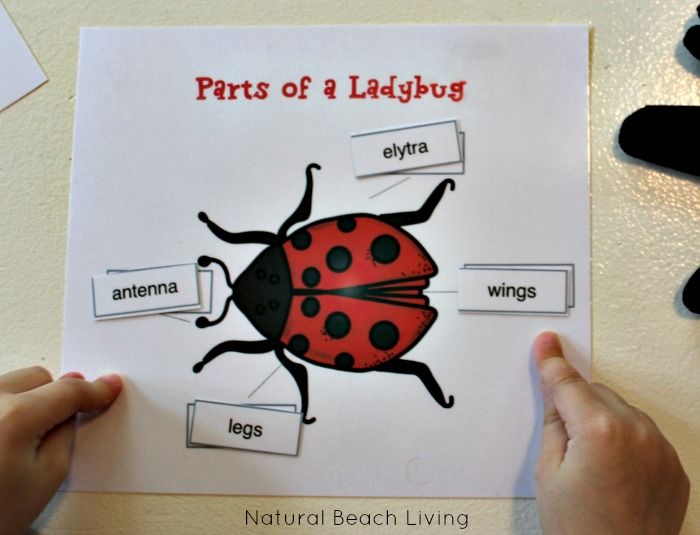 But with a little courage and determination…. will he be able to do it?
But with a little courage and determination…. will he be able to do it?
So now let me help you with some AMAZING Bug and Insect Math & Literacy Centers (with tons of real photographs)! I’ve done all the creating for you that way you can just print and prep.
How do bug books help your little learners? I can get my students to hop, sing, and learn while reading these fantastic books. Share your favorite bug stories with us in the comments below!
Want more to check out more of my favorite books for little learners? Check out my Book List Blog Series with over 33 different themed book lists (and growing)! If there is a book list for a theme you need just let us know so we can create it for you.
19 Books About Bugs for Kids
Spring isn’t quite here but it’s never the wrong time of year to read and learn about bugs. Here are some of our favorite books about bugs.
Bugs Bugs Bugs! by Bob Barner is a good book for little ones interested in bugs, but not ready for a full nonfiction science book.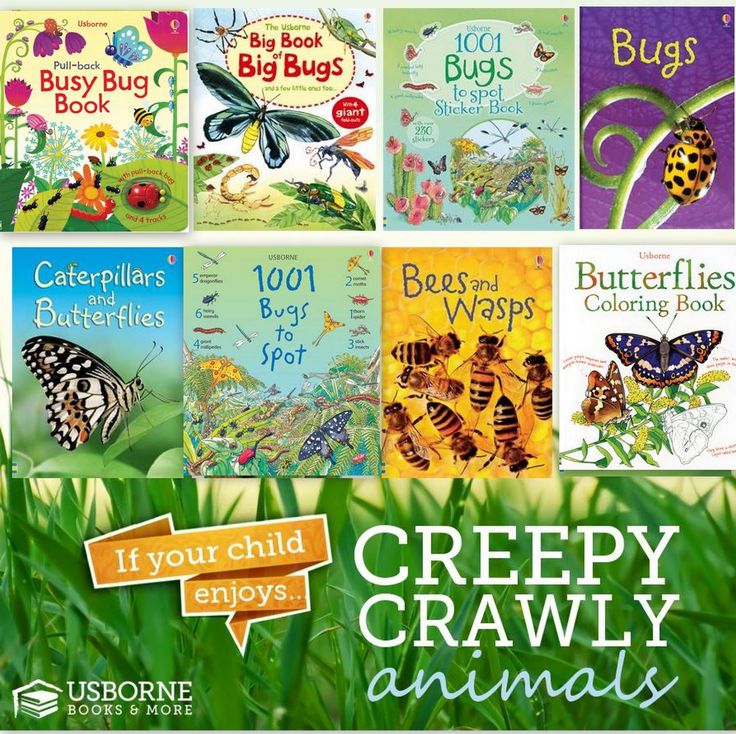 The book gave interesting facts about the various bugs introduced. But, the coolest part of the book is the page with the life-size illustrations of all the bugs. The illustrations are bright and fun and the length is perfect for toddlers and young preschoolers.
The book gave interesting facts about the various bugs introduced. But, the coolest part of the book is the page with the life-size illustrations of all the bugs. The illustrations are bright and fun and the length is perfect for toddlers and young preschoolers.
An Ant’s Day Off by Bonny Becker is an interesting tale about an ant who has lived his whole life never seeing the sky or anything beyond the tunnels he works. Until one day he decides to take the day off. The text was a little long for my son who kept flip flopping on my bed. But he didn’t want me to close the book either. The story was solid, though. My favorite part was when he tried to return to his tunnel and the guard he expected to give him heck? Was supportive and shared that he too has taken a day off.
Ace Lacewing: Bug Detective by David Bierdrzycki is such a fun read. I started it thinking it would go over my son’s head but he sat listening to it the whole time.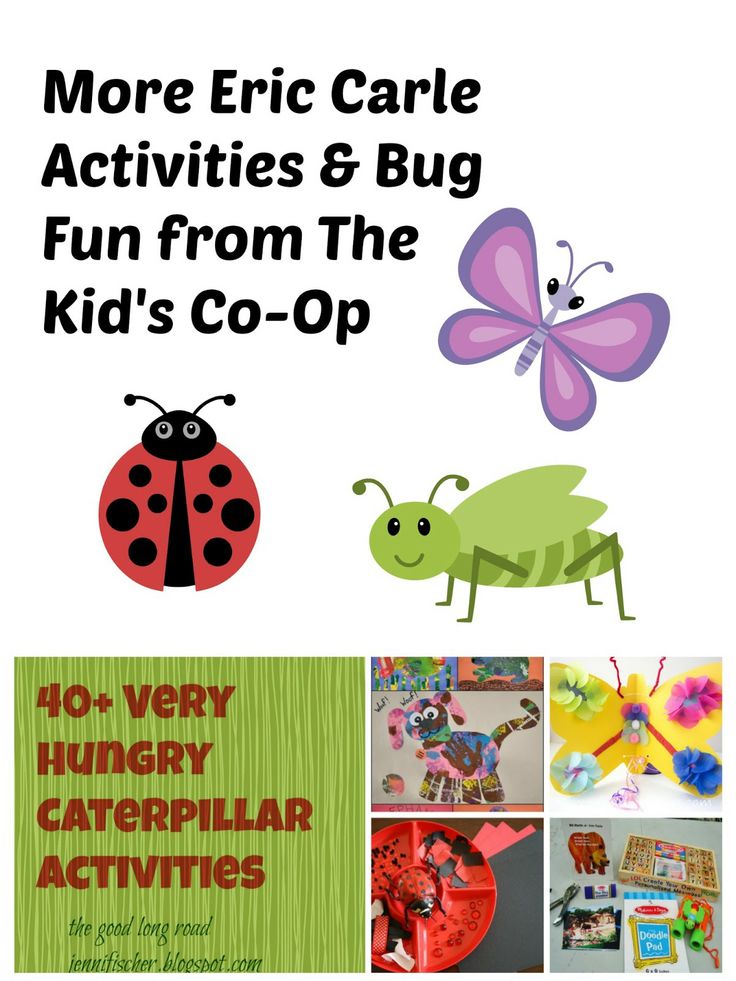 The mystery begins with a missing Queen bee and will have you guessing who is behind her disappearance as Ace tries to solve it. There was a lot of humor that was lost on my then 2-year-old. But the fun Dick Tracy like illustrations kept him happy while I snickered at the jokes he missed. Very fun read for kids that aren’t yet ready for a chapter book but outgrowing pictures ones.
The mystery begins with a missing Queen bee and will have you guessing who is behind her disappearance as Ace tries to solve it. There was a lot of humor that was lost on my then 2-year-old. But the fun Dick Tracy like illustrations kept him happy while I snickered at the jokes he missed. Very fun read for kids that aren’t yet ready for a chapter book but outgrowing pictures ones.
Percival the Plain Little Caterpillar by Helen Brawley is one of my son’s favorite books right now, due to the fact that there are shiny and shimmery pictures throughout! The story does leave something to be desired. The message seems to be that being plain is bad and the only fix for poor Percival is when he turns into a beautiful butterfly! When reading this to my class I would often interject with questions to my students about what they thought was cool about Percival, and that combated the undesirable message that you have to be beautiful to be worthy.
Bob and Otto by Robert O.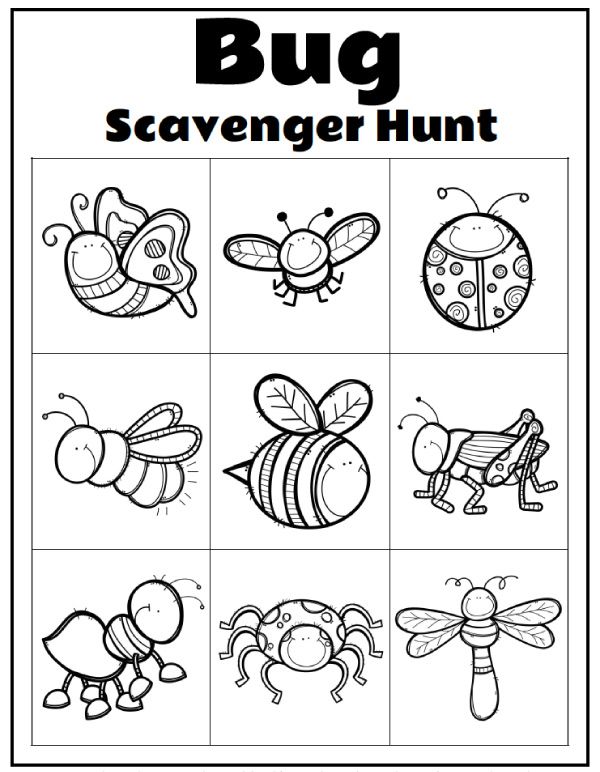 Bruel is a lovely story about 2 friends who must part ways, in this case, because one is a caterpillar who needs to build a chrysalis and the other an earthworm who needs to dig deep into the ground. What I like about this book is that it goes on to explain that the earthworm’s digging is vital for the trees to grow so that the caterpillar can eat the leaves and turn into a butterfly. I like the lesson about how we all play a part!
Bruel is a lovely story about 2 friends who must part ways, in this case, because one is a caterpillar who needs to build a chrysalis and the other an earthworm who needs to dig deep into the ground. What I like about this book is that it goes on to explain that the earthworm’s digging is vital for the trees to grow so that the caterpillar can eat the leaves and turn into a butterfly. I like the lesson about how we all play a part!
The Crunching Munching Caterpillar by Sheridan Cain is another story about a caterpillar who is not happy about his lot in life. There is a fair bit of language that some parents would object to. This caterpillar hears often that he is too fat to fly. So that poses a few challenges to parents like myself who are trying to instill healthy body images as well as using respectful words with others in our children. I have dealt with this book in two ways. First by saying that the caterpillar is getting fat. But that’s a good thing for him.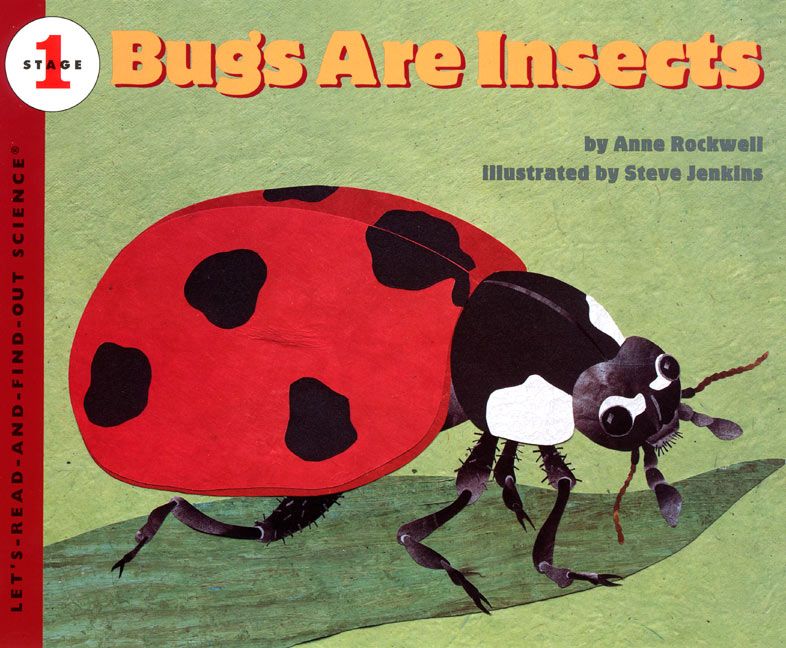 That he will be able to sleep for a long time in his chrysalis and needs that fat to live. Also, I have simply replaced fat with big, a word that is much less ugly to many people’s ears.
That he will be able to sleep for a long time in his chrysalis and needs that fat to live. Also, I have simply replaced fat with big, a word that is much less ugly to many people’s ears.
The Grouchy Ladybug by Eric Carle is more than a cute book about a crabby bug. The Ladybug is looking for a fight. Each hour she finds a bigger and bigger animal to fight with until a whale slaps her unintentionally! I loved using this book to teach telling time, as there is a picture of an analog clock on each page. I would use a play clock and as I read each page ask one child to come and set our classroom clock. Also, don’t be put off by the fact that the ladybug tries to pick fights. No animal takes her up on her offer. You can spin that into a great lesson about not giving into people who are trying to pick fights.
The Very Busy Spider was a favorite of my son’s from the get-go. We have the board book edition and what I love about it, is that the spider web in it is raised and offers a sensory element to reading the story.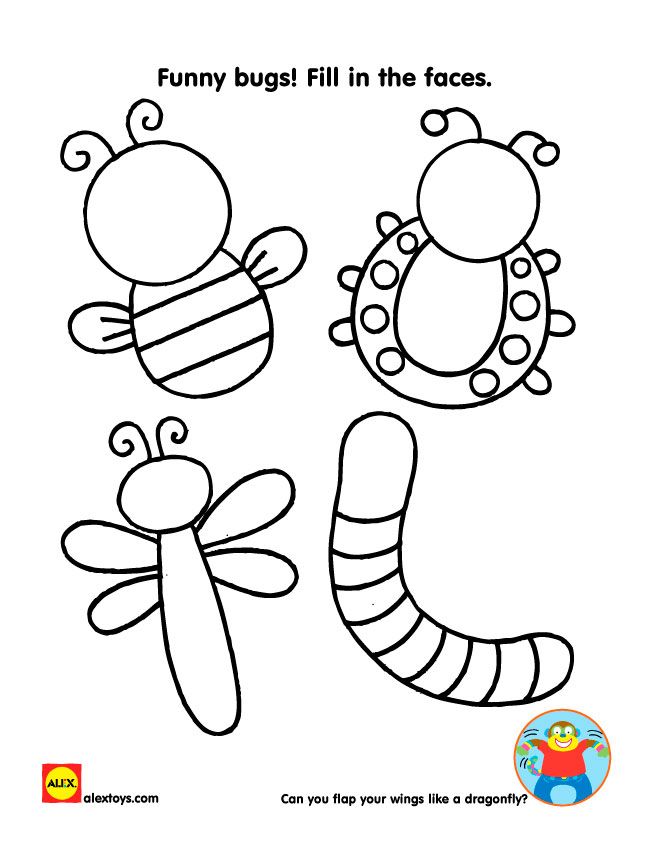 This is a story of hard work, persistence, and also helps reinforce animal sounds. Perfect for toddlers!
This is a story of hard work, persistence, and also helps reinforce animal sounds. Perfect for toddlers!
The Very Hungry Caterpillar by Eric Carle is a classic, that most preschool teachers like myself can recite from memory. It really is a fantastic book. Not only does it explain the life cycle of a caterpillar/butterfly. But it is also useful for a lesson about the day of the week and healthy eating! It was a childhood favorite of mine and if the fact that he fell asleep holding his “Pillar” is any indication. It is already one of my son’s favorites too!
The Very Lonely Firefly by Eric Carle is one of my son’s favorite books to read before bed. Not so much because of the story but because the board book version has flashing lights at the end! The story is all about a firefly looking for another firefly but mistaking all different light for a friend. Toddlers love this book because it gives them a chance to be bossy and say “No that’s a flashlight” to the firefly.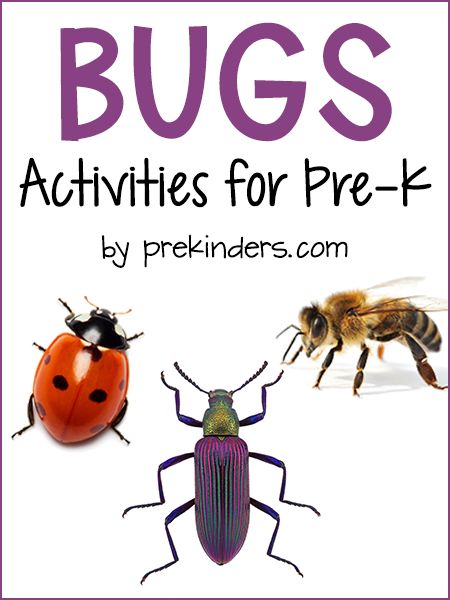 The text is the right length for little guys but not boring for older kids. I need to mention the little lights are really quite magical in a dark bedroom. Especially if you are in a place that doesn’t have fireflies!
The text is the right length for little guys but not boring for older kids. I need to mention the little lights are really quite magical in a dark bedroom. Especially if you are in a place that doesn’t have fireflies!
The Very Quiet Cricket by Eric Carle is another favorite the story is all about a little cricket who is trying and trying to chirp like the others to talk to all the bugs talking to him but he can’t! Whenever I read it to children ( and it was a classroom favorite too) I would wiggle my shoulders like I was trying to rub my wings together just like the cricket. Kids latched on to that and I loved seeing them so engaged by the repetitive but never boring book. I thought that seeing 12 little 3-year-olds wiggling was precious but one little 3-year-old is pretty cute doing it too! Of course, there is a “surprise” at the end that toddlers and preschoolers alike will love.
Diary of a Spider by Doreen Cronin is a very clever book with some pretty funny bits of humor.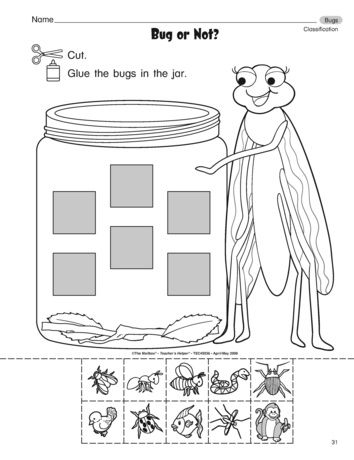 Older preschoolers will love it. The overall theme is that spiders aren’t all nasty and that they have fears too. What a great lesson for kids that are at the age where they are not as eager to share their fears because they don’t want to look weak or unable to handle things themselves.
Older preschoolers will love it. The overall theme is that spiders aren’t all nasty and that they have fears too. What a great lesson for kids that are at the age where they are not as eager to share their fears because they don’t want to look weak or unable to handle things themselves.
Beetle Bop by Denise Fleming is a beautifully illustrated book with a melodic rhyming text and fantastic descriptive words. Color-saturated pages feature images from a bug’s prespective. So feet, birds, and lizards all seem huge to the reader. They start to see what it might be like to be so small! It was very reminiscent of Honey, I Shrunk the Kids My son loved this book and so did I!
From Caterpillar to Butterfly by Deborah Heligiman is part of my favorite nonfiction for kids series “Let’s Read and Find Out Science”. I always grab these books at garage sales and thrift stores. In this edition, you follow a classroom of students observing a caterpillar as it metamorphosis into a butterfly.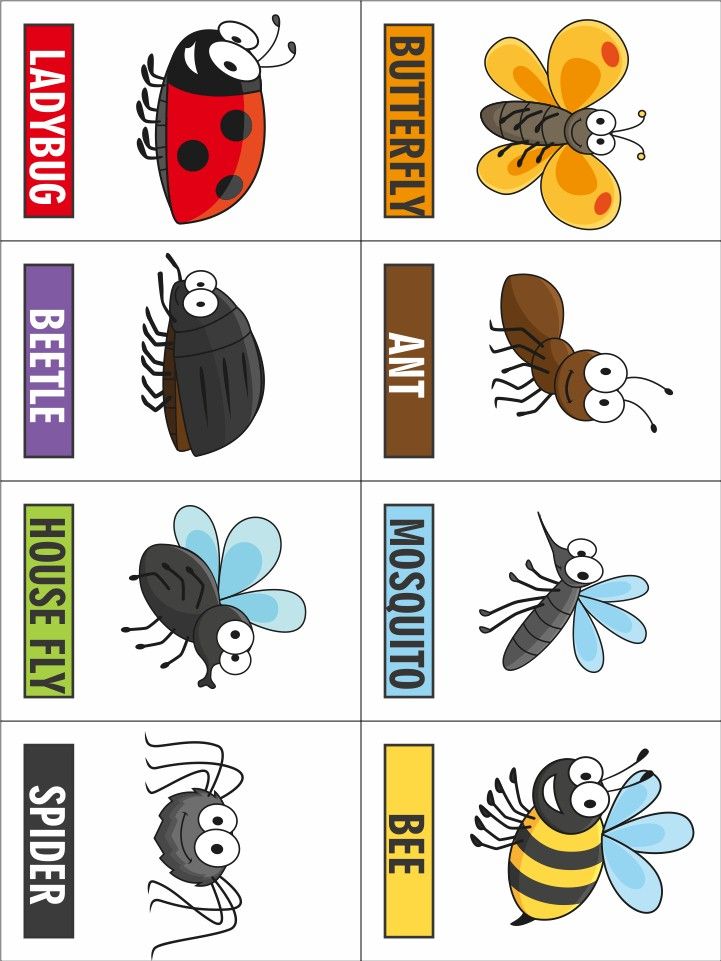 A classic spring activity for preschool age children to discover and learn about life cycles. Also a perfect match for your own Insect Lore Live Butterfly Garden which I highly recommend and will be doing this year with my son. Reading nonfiction with your preschoolers is important as it teaches them seamlessly that writing and reading is not just for stories but for information too.
A classic spring activity for preschool age children to discover and learn about life cycles. Also a perfect match for your own Insect Lore Live Butterfly Garden which I highly recommend and will be doing this year with my son. Reading nonfiction with your preschoolers is important as it teaches them seamlessly that writing and reading is not just for stories but for information too.
Miss Spider’s Abc Book by David Kirk has the most vivid and beautiful illustrations. The text is simple and flows well. However, the value is in the illustrations. They cover all sorts of bugs and are so bright that they will appeal to your child!
Beetle McGrady Eats Bugs! by Megan McDonald isn’t really too much about bugs, it’s really about overcoming fears. Beetle McGrady wants to be a fearless pioneer and she sets out to prove that by eating an ant. She doesn’t quite reach her goal, at least not right away. I liked how Beetle was disappointed in herself and instead of continuing to sulk when an opportunity to try again arose, she took it.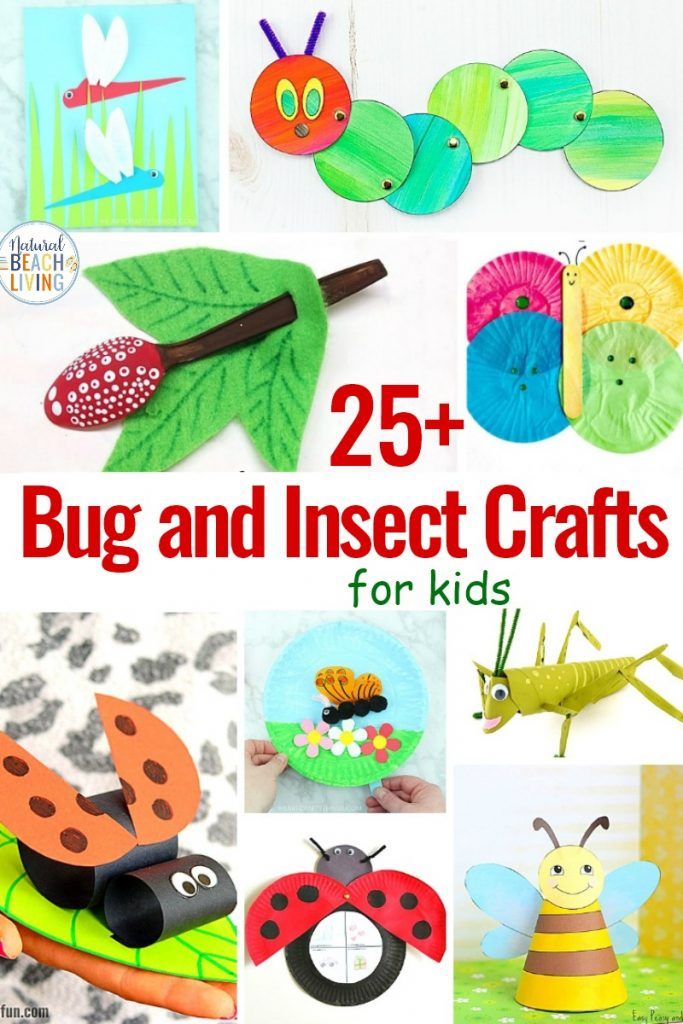
Two Bad Ants by Chris Van Allsburg is a very interesting story of two ants who decide not to return to the colony and hang out in a sugar bowl eating instead. Of course, nothing is as it seems and they have quite an adventure trying to avoid all the dangers of a kitchen. Only realizing in the end that being a part of a colony isn’t so bad! This is a cute book for preschoolers. They will love trying to guess what each new adventure the ants face really are… They include a toaster, hot coffee, and an electrical outlet.
Buzz by Eileen Spinelli is a really sweet tale about a little bee who loves everything about being a bee, especially flying! When she finds out that bees should actually not be able to fly? She lost the confidence in herself and her favorite thing about being a bee. Luckily that is not where this adorable tale ends and your children will love it. My son came running into the kitchen where I was reading this to my daughter who screamed at me until I let her hold the book so she could touch the adorable little bee.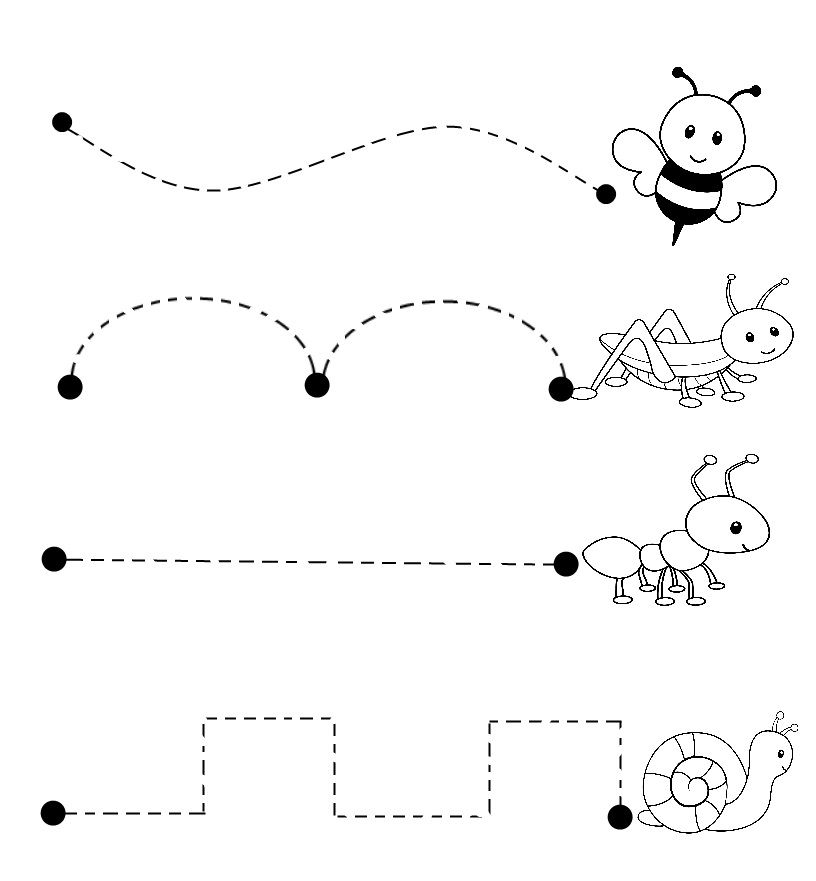
I Love Bugs!by Phileomon Sturges is a rare find. Though listed as fiction but I consider it as nonfiction. But it is really a great factual book about bugs for older toddlers/young preschoolers. It is really hard to find simple, short books that include facts and this one is perfect. It doesn’t go into the life cycles of butterflies or how lightning bugs light up. But it does use descriptive words with bright and charming illustrations. Great for the under 3 crowd, and useful for older kids too!
What are your favorite books about bugs?
For more quick tips on helping your child learn to read check out my book; Raising A Rock-Star Reader. Get loads of fun ideas for families, book lists, and advice for parents.
Craftsmanship Secrets: Types of Tactile Books and Common Mistakes / Un Certain Regard
Listen to Publication Tiflocommentary: color collage. On a blue background are two open tactile books with applications on the theme of nature.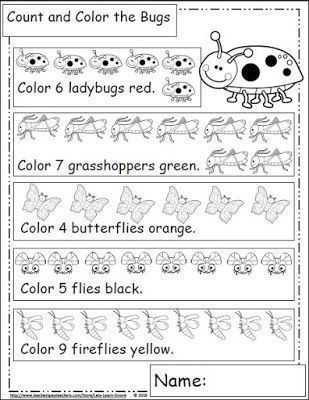 This is a brown felt stump with window patches, colorful flowers and a nest with eggs.
This is a brown felt stump with window patches, colorful flowers and a nest with eggs.
Un Certain Regard has prepared a series of articles about tactile books. Their author is Victoria Speranskaya, head of the publishing department of the St. Petersburg State Special Central Library for the Blind and Visually Impaired (St.
In previous articles, we talked about how tactile books can be useful for visually impaired children, how to read them correctly, as well as what a designer should know and how to make tactile illustration useful and safe.
Today we will talk about what types of tactile books are popular in other countries, as well as analyze common mistakes when creating illustrations.
How it happens
Photo: book "How it happens" from the collection of the School for the Blind Perkins library (USA)
Tiflocommentary: color photograph. On the brown table lies an open tactile book with light pages.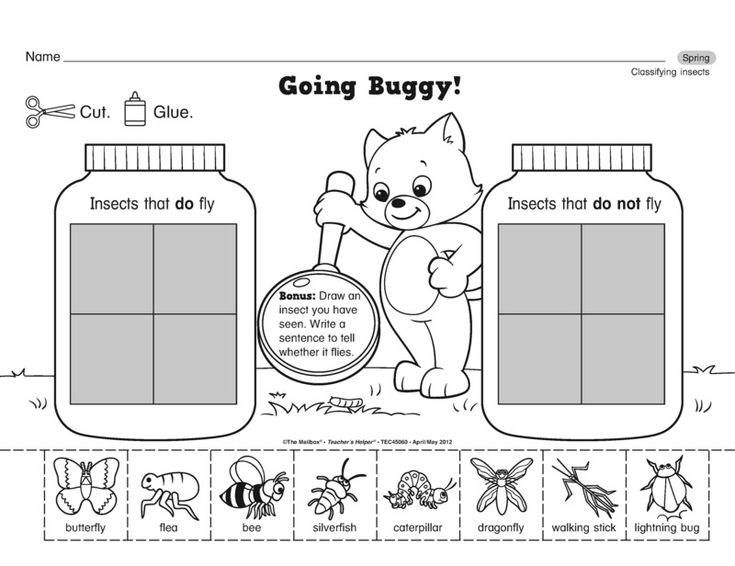 There is a red flower in the center of the page, on it lies a metal ring on a long cord. The word "around" is written at the top in English.
There is a red flower in the center of the page, on it lies a metal ring on a long cord. The word "around" is written at the top in English.
Tactile books are different. Sometimes they are very simple, easily recognizable objects are used in their manufacture. For example, take the book "How It Happens" from the collection of the School for the Blind Perkins Library (USA).
This edition is simple: there is a main item that looks the same on every page and is placed in the center. And there is a metal ring on a long cord tied to the book (this design is used so that the ring is not lost while working with the book). Each page contains a task formulated in one word: above, below, around, etc. That is, the ring must be correlated with the object on the page as stated in the task.
At first glance, everything is obvious, but such books serve as a visual aid for practicing skills. They are useful for children with dyslexia and disabilities.
Tiflocommentary: color collage.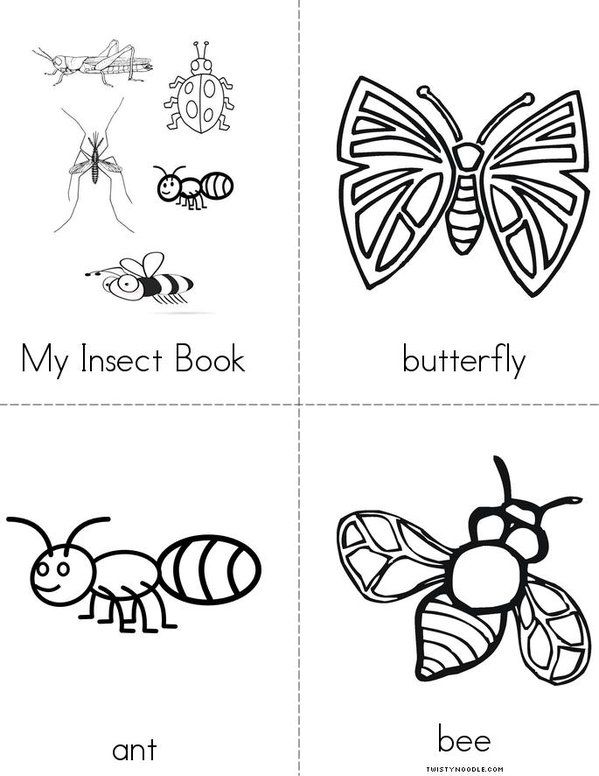 On a blue background are two photographs of open tactile books, signed with the numbers 1 and 2. Toy plastic plates and spoons are fixed on the colored soft pages of the first book. The second photo shows an application in the form of a nest with eggs.
On a blue background are two photographs of open tactile books, signed with the numbers 1 and 2. Toy plastic plates and spoons are fixed on the colored soft pages of the first book. The second photo shows an application in the form of a nest with eggs.
The image above shows a book from the collection of the Celia Library (Finland) (image 1). She tells the child about household items that he uses daily. We see a spoon, a plastic plate and other things. Such books help you navigate in space, teach you how to interpret an image, talk about your day, help develop tactile skills and motor skills.
If you want to create a similar publication, then you need to choose one topic and select understandable subjects, maintain scale and observe contrast. It is important to consider attaching items to the page. If the items are removable, then the design should be as simple and convenient as possible for the child.
Imagine yourself in his place. You take a book, on the page of which there is a Velcro pocket, and in it lies, for example, a small ball.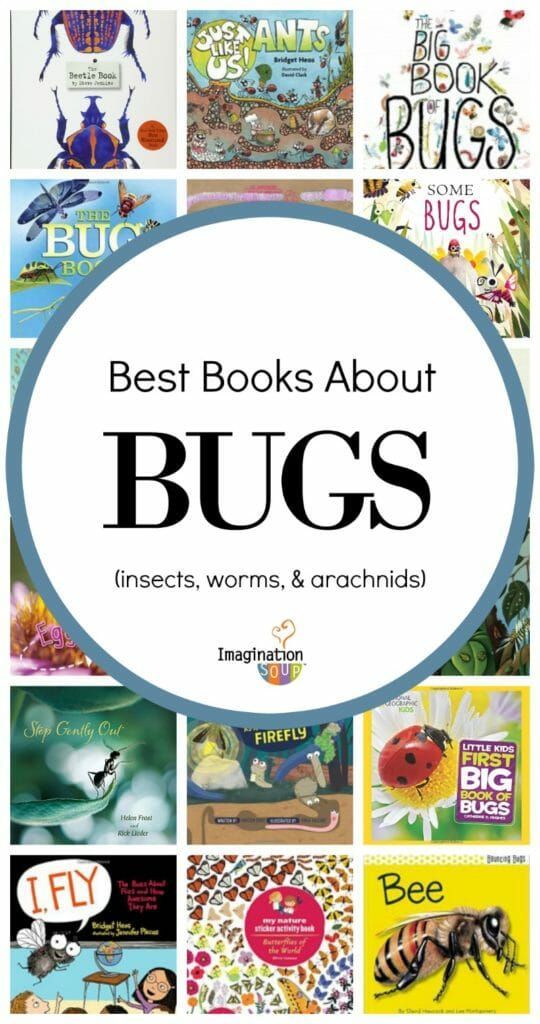 The pocket and the ball should be of optimal size so that the toy can be taken out and put away easily and without additional effort. Always test books before giving to a child.
The pocket and the ball should be of optimal size so that the toy can be taken out and put away easily and without additional effort. Always test books before giving to a child.
Going further: illustration No. 2 shows a book with a picture of a nest containing three white eggs. This edition is already more complex in terms of associative series, since not every child has tactile experience in examining a real object. Therefore, such a book is more difficult to perceive and involves a detailed story on the topic.
The idea is good, the material is well chosen, the proportions and contrast are correctly preserved. But there are also shortcomings. For example, the shape of eggs. They are made of smooth material, but are stuffed with a soft insert, so when attached to the page, the shape of objects is distorted.
If the child has an idea and tactile experience, then such an image may raise questions. There is one more nuance - flowers. For what purpose did the designer depict them on the page? Perhaps the image seemed too simple to him, he wanted to embellish it.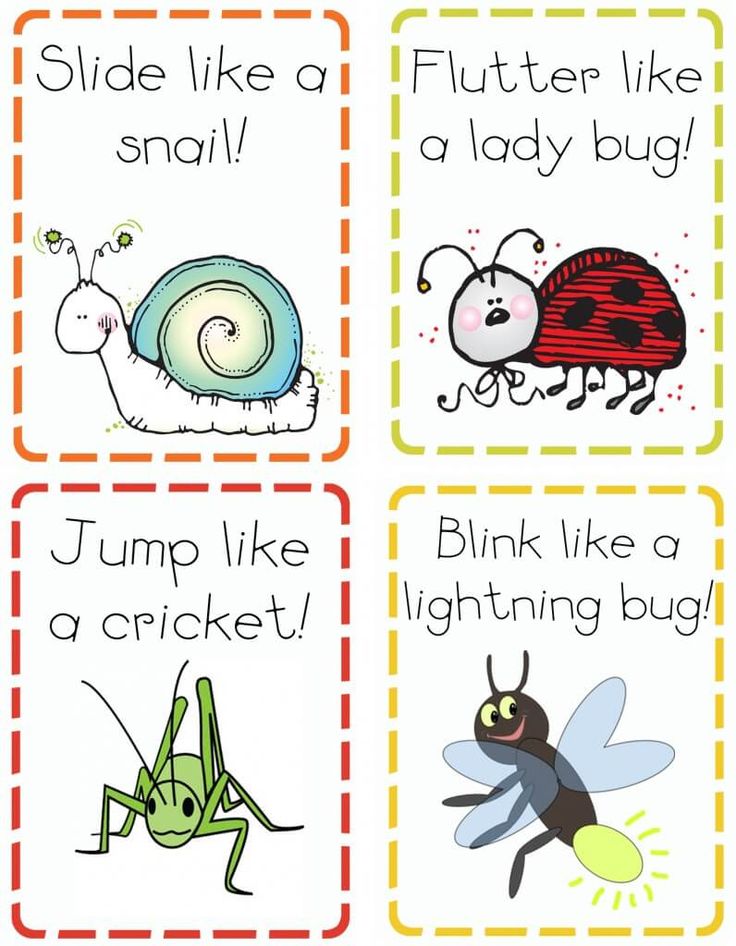 Or did the designer want to depict a clearing?
Or did the designer want to depict a clearing?
We cannot know his idea, but we can say for sure: the flowers on the page are superfluous. They do not carry a semantic load, but only interfere with tactile reading. When designing an illustration, always pay attention to the main subject and do not create "tactile noise" on the page.
Here you can find a lot of original ideas for tactile book design. Don't be afraid to borrow them. We are doing a common thing: the more tactile books there are, the brighter the world of a blind child will become. Look for new themes and options for their implementation, create new designs and experiment.
T&T competition
Commentary: color collage. Photos of the winners of the T&T competition in Belgium in 2019. Four middle-aged women in casual clothes are standing against a light background, holding tactile books in their hands, smiling. In the lower right corner of the collage is a small photo with an image of a tactile book.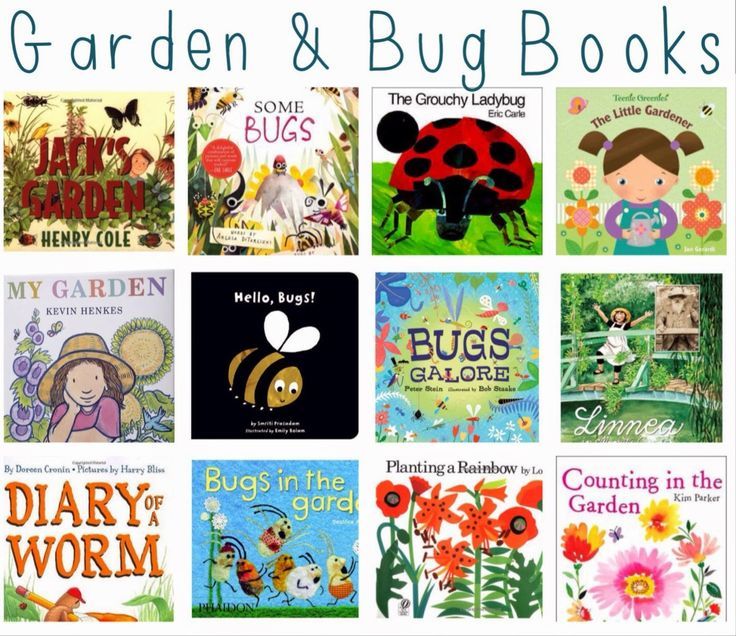 There are multi-colored animals made of cardboard on a red curly box.
There are multi-colored animals made of cardboard on a red curly box.
There is a separate Internet portal that brings together publishers of tactile books and contains a lot of useful information. It is available via the link. It was created by the foundation of the same name, which has been holding the Typhlo & Tactus (T&T) competition for more than 20 years, aimed at popularizing the tactile book as a special type of publication.
Foundation members exchange experience and practical achievements, organize seminars and conferences, participate in exhibitions and book fairs both at the national and international levels. The competition is held every two years under the auspices of ICEVI (International Council for the Education of People with Visual Impairments) and is open to all countries.
It can be noted that tactile books in world practice have a circulation and availability, that is, they can be ordered and purchased. In our country, a tactile book is a unique product that has no circulation and is available only in libraries and social institutions.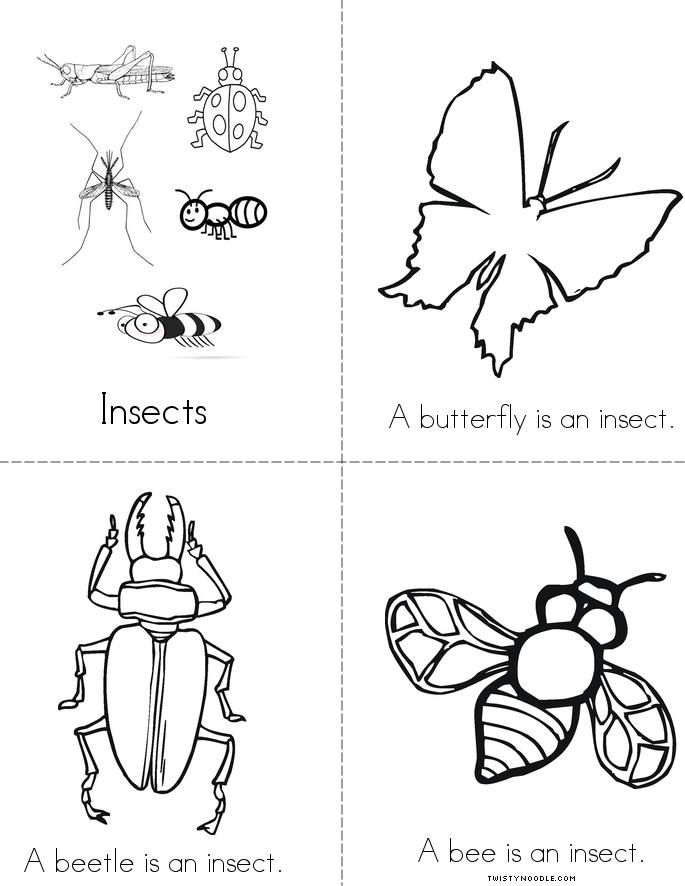
Perhaps the situation will change in the coming years, but the main thing is that the quality of publications does not suffer during replication.
I note that recently there has been a trend: when they create books for people without visual impairment, make an insert with tactile elements and position the publication as a book for blind readers. You can't do that.
Variations on a theme
There is a technique for producing special literature, there are rules and GOSTs that cannot be neglected. It's important to remember this! Let me give you a few illustrations as an example.
The image below shows three book spreads with colorful illustrations. Each uses a color printed pattern on the fabric, which does not carry any information for a person who does not see it. There is also an abundance of color planar images, a multi-level arrangement of removable non-tactile parts, etc.
Tiflocommentary: color collage. Against a blue background are three photographs of spreads of tactile books with printed drawings on fabric.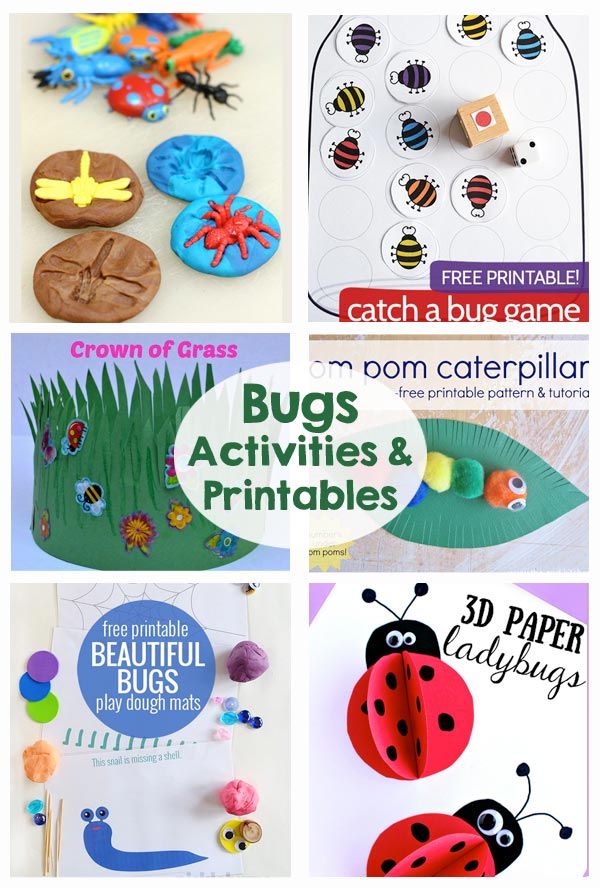 On the first spread: a figurine of a bunny on a lace on a path. Nearby are nine squares with different geometric shapes. On the second spread: a bed with vegetables inserted into pockets, and a chicken swimming in a pond. On the third spread: a lamb is grazing near a house with a wooden fence, on the right is a clearing with forest inhabitants: a squirrel, a hare and a hedgehog.
On the first spread: a figurine of a bunny on a lace on a path. Nearby are nine squares with different geometric shapes. On the second spread: a bed with vegetables inserted into pockets, and a chicken swimming in a pond. On the third spread: a lamb is grazing near a house with a wooden fence, on the right is a clearing with forest inhabitants: a squirrel, a hare and a hedgehog.
All this does not work when it comes to a book for a blind reader.
Now the production of tactile books has become a popular trend. On the Internet, you can find offers to order and buy a tactile book. But often such books are of no use and can even harm a blind child. Such publications are very reminiscent of children's illustrations in flat-printed books. Yes, they are made of different materials, but without following the rules and requirements for creating tactile books.
Let's take one of them as an example.
Tiflocommentary: color collage. On a blue background there are three photographs numbered 3, 4 and 5.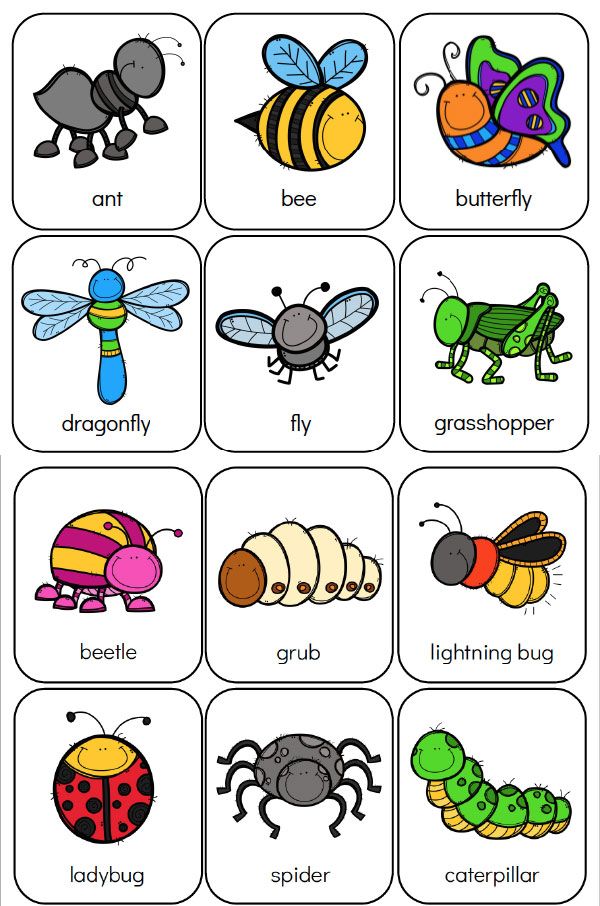 All of them have tactile books. On the first one is an appliqué made of felt: a stump in a forest clearing and a bouquet of flowers. On the second - the book "The Journey of the Gray Mouse". On the title page is a small toy mouse. The felt appliques in the third book are fruits of different colors, consisting of two halves.
All of them have tactile books. On the first one is an appliqué made of felt: a stump in a forest clearing and a bouquet of flowers. On the second - the book "The Journey of the Gray Mouse". On the title page is a small toy mouse. The felt appliques in the third book are fruits of different colors, consisting of two halves.
We see a bright illustration (image 3), which depicts a clearing, flowers, the sky and a large stump. Everything is made of felt. The material itself already suggests that it will be difficult to identify objects, since it does not imply different types of tactility.
The stump is patched with windows, opening which the child can see the insects living in it. Everything seems to be fine: an interesting idea, there is a game aspect. But the page is overloaded and cannot be read by touch.
How can this be corrected? It's best to make the stump the only item on the page. It would be even better if it stood at the level of the grass, then it would be possible to understand its height and volume.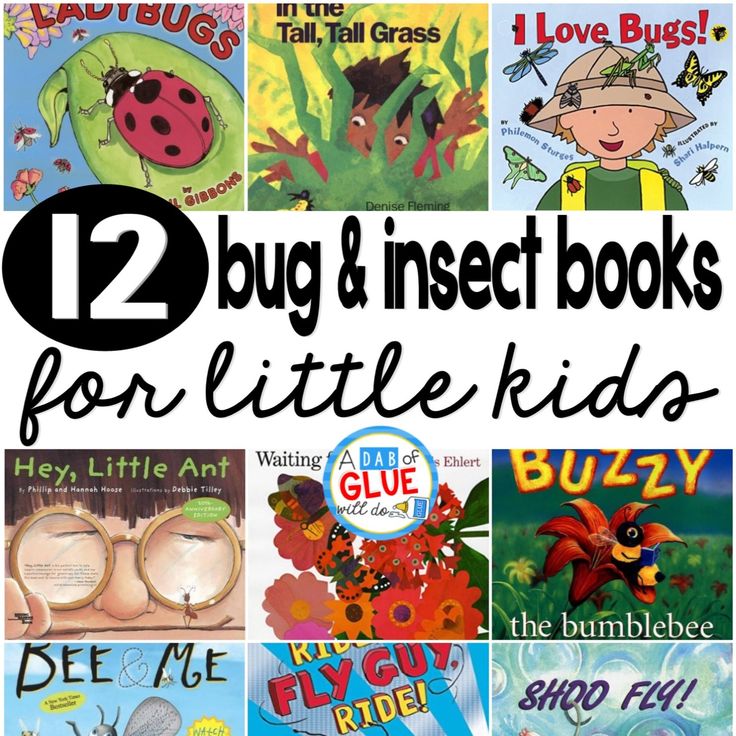 The roots should go to the sides, not down, then they will not interfere with the perception of the shape of the object.
The roots should go to the sides, not down, then they will not interfere with the perception of the shape of the object.
The idea with the windows is great, but the insects need to be made more naturally and not out of felt. Although the felt stump also raises a lot of questions, because any child has an understanding of what a tree looks like, there is an idea about its bark and its structure: it is hard, hard, rough, uneven, warm, etc.
Now let's see on the elements that the designer introduced to saturate the illustration: flowers, leaves, a cloud, a branch. All this together creates information noise. In addition, objects are not read tactilely.
Detachable structures
When creating tactile books, a detachable structure is often used. For example, the main character of the book can be made in the technique of a soft toy (image 4 in the collage above) and travel from page to page. This technique is good to apply to fairy tales and didactic materials. Children really like it - you can play with the character, as well as make many different interpretations.
Collapsible structures can be made in order to study the shape of an object, its parts, such concepts as a whole, half, etc. In the collage above you see a photograph of the book "Fruits" (image 5). The fruit is first depicted as a whole, and then disassembled into slices. The designer not only reflected the shape of the fruit, but also focused on the shape of the leaves that are typical for each of them. This is a fairly simple book, in a concise manner and with a good cognitive function.
Tiflocommentary: color collage. On a blue background are two photographs (numbers 6 and 7) with examples of tactile books. On the spread of the first book - illustrations for the fairy tale "Turnip", on the second - a tactile image of the Orthodox Church.
Here is an example from another book - the fairy tale "Turnip" (picture 6). We see a hero - a grandfather, made in half the volume in the application technique, next to him - a removable turnip, made in full.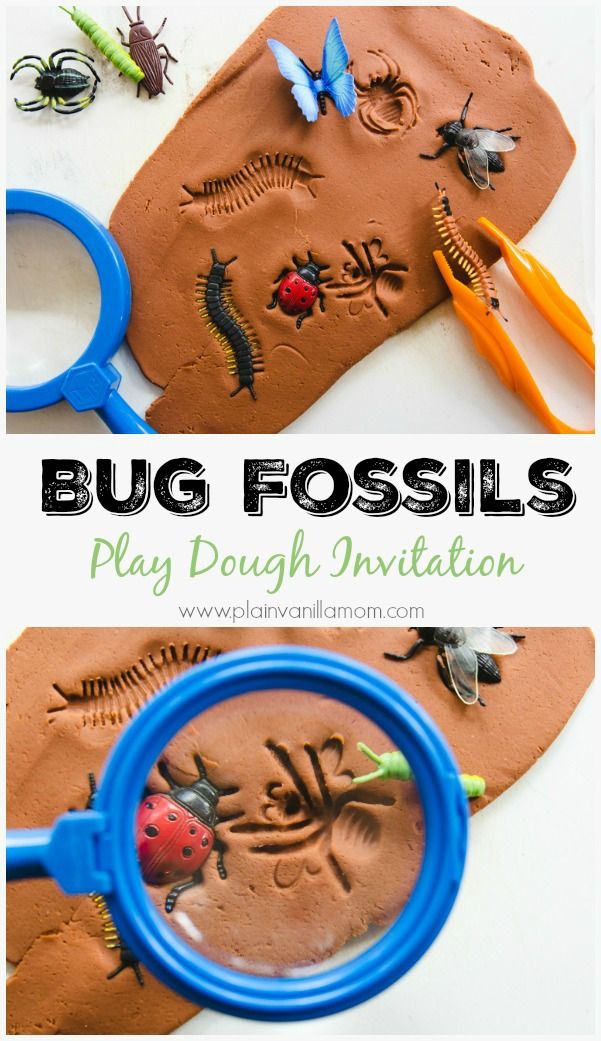 At first glance, everything is quite beautiful and understandable, the technique is good, the character's costume is shown in detail.
At first glance, everything is quite beautiful and understandable, the technique is good, the character's costume is shown in detail.
Notice how the ground level is shown. He cuts the figure of the grandfather in half, and this is a mistake.
Always remember that perspective is not used in illustrations for blind readers, and each image must be free from background and third-party objects so that it can be read tactilely.
No run
Let's look at some more examples. The image above shows an illustration from a tactile book dedicated to architectural monuments (photo 7). We see a church of simple construction with one onion dome decorated with a cross. The building is rectangular in plan, on the right is a porch, on the left is a small extension with a separate entrance.
The illustration is made of wooden sticks, which conveys the tactile feeling of a log cabin. The roof is made of cardboard and painted green. The dome is made of gold foil. The background is neutral, the materials are chosen correctly, the contrast is observed.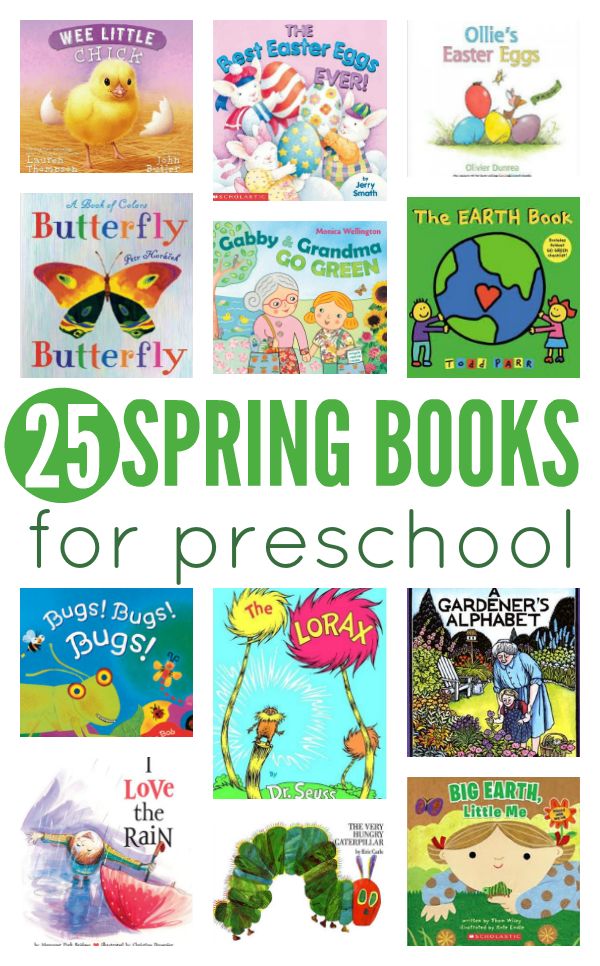
Everything is fine, but there is one thing. The author introduced perspective into the image, he probably took the photograph as a basis and transferred its contours to a tactile application. You can't do that. Why? Look at the porch, outbuilding, roof level, etc. They cannot be separated from each other. Even at ground level, the shape of the building is elusive, it has a broken line that does not allow a blind person to understand the structure. If the author simplified the image, showed it clearly, without perspective, then such a tactile illustration would be more understandable.
Let's summarize
Don't be afraid to recycle and simplify when working on a tactile book, go from simple to complex. Always remember the form, structure, and only then - additional details. Always test your illustration and remember the simple rules:
- Smaller is better, more authentic.
- Reality above all.
- Knowledge of the characteristics of perception is the basis of the foundations.
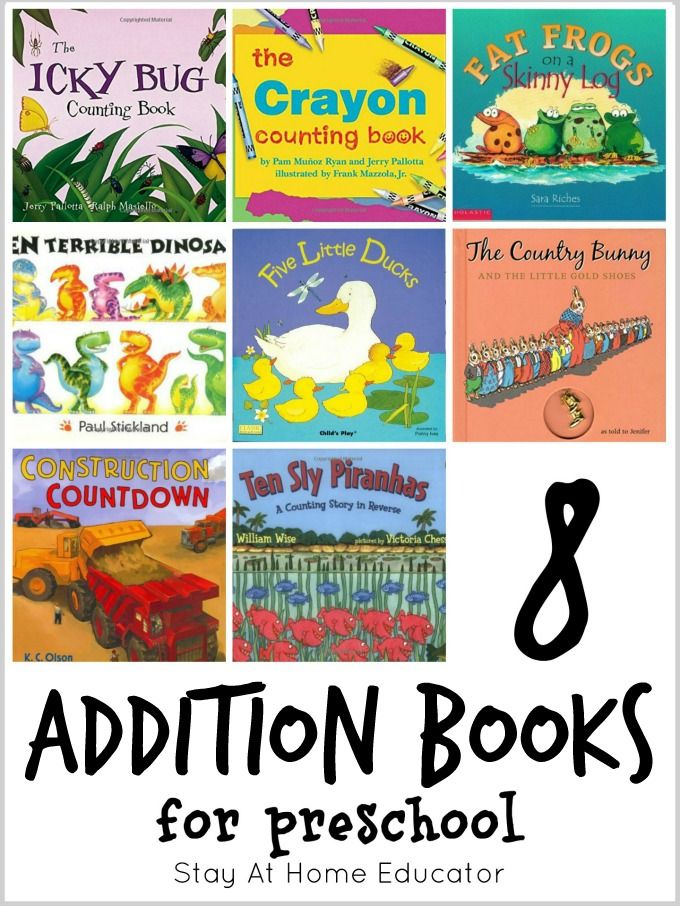
- Recognizability of forms and objects is the key to success.
Read also:
Part 1. What are the tactile books useful for children with visual impairment
Part 2. How to read tactile books
Part 3. What should designer
Part 4. How to make a tactile illustration useful and safe
The importance of books in the development of preschool children
The importance of books for a child is very great. Books serve to expand the child's understanding of the world, to acquaint him with things, nature, everything that surrounds him.
It is the parents who read the child's first books and influence the formation of his preferences and reading tastes.
You need to read with your child: take a book, sit next to it and read. When systematically books are read aloud, then over time the child begins to understand the structure of the work: where the beginning and end of the work, how the plot develops.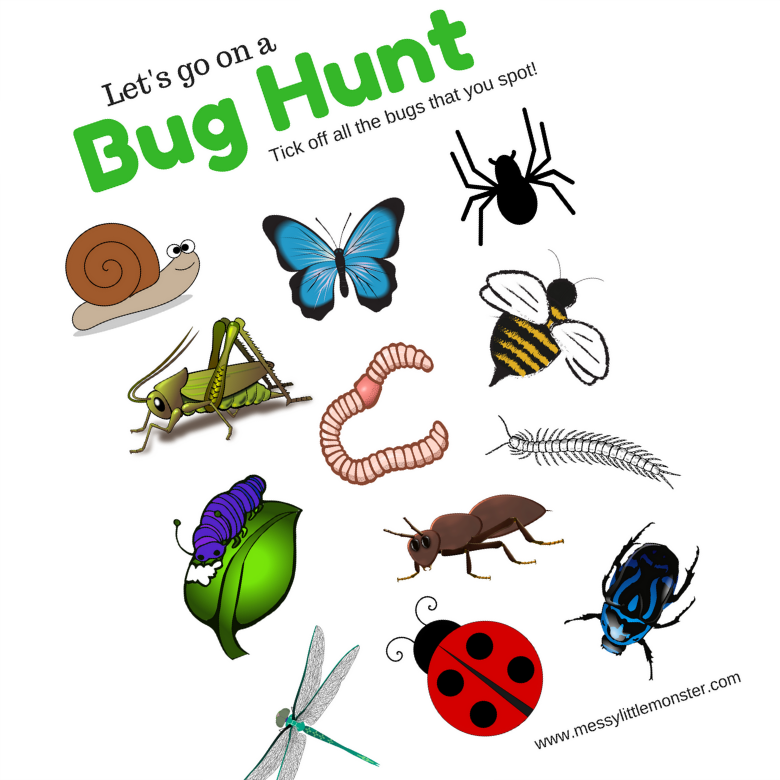 The child develops logical thinking. Thanks to reading, the child learns to correctly compose sentences, his vocabulary expands, and his imagination develops. In addition, the child develops the ability to listen, and this is a very important quality.
The child develops logical thinking. Thanks to reading, the child learns to correctly compose sentences, his vocabulary expands, and his imagination develops. In addition, the child develops the ability to listen, and this is a very important quality.
Experience shows that those children to whom books were read in childhood tell fairy tales when they grow up, they read a lot. Reading helps the child to better understand the native language, develops imagination.
It is believed that those children do not like to read, in whose families there was no tradition of reading aloud. It is also bad when a child is forced to read in early childhood, great success is expected of him, this can discourage the child from reading. Do not refuse the child when he asks to listen to how he reads.
Why read books to children?
Children have a great need for their parents to read aloud to them. For the successful development of the child, family reading is very important, and not only until the child himself can read, but also at a later age.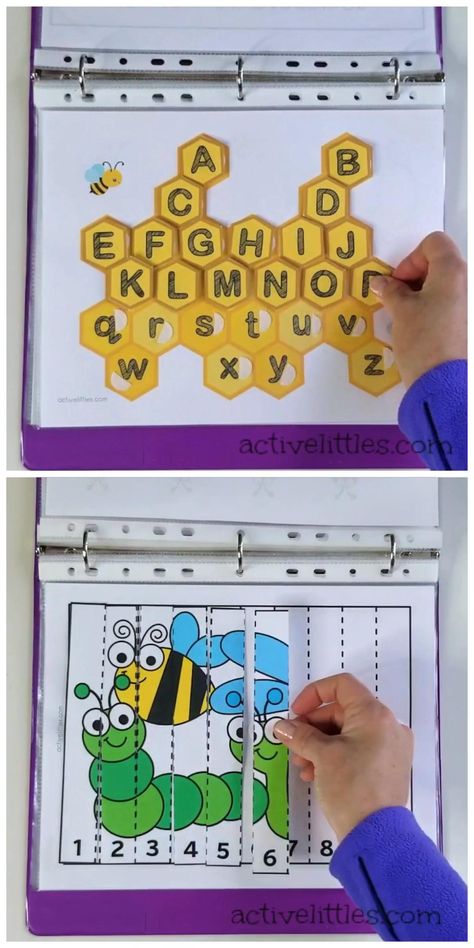 Children look forward to when mom or dad has time for them.
Children look forward to when mom or dad has time for them.
In order for a child to grow up mentally healthy, he needs full communication with his parents, personal communication, when attention is paid to him completely. And reading together makes that possible.
The first reason to read books is to satisfy the child's need for security
and security. A single space is created, a sense of belonging. Such moments have a strong influence on the formation of a comfortable sense of the world.
The second reason is the feeling of value and significance of one's "I" .
When parents read what is interesting to the child and are ready to discuss with him topics that are significant to him, strive to understand his views as best as possible, the child develops an idea of himself as a significant person whose needs and interests are important (because they pay attention to such important people - parents).
The third reason is the formation of values
The book affects the moral ideals of the child, forming his values. The heroes of the books perform various actions, experience various life situations, consonant with the world of the child or unknown to him. Using the examples of situations in which the heroes of the books find themselves, the child learns to understand what good and evil, friendship and betrayal, sympathy, duty, honor are. And the task of parents is to help see the reflection of these values in the life of the child.
Release from fears
The book is also a means of defusing experiences that are painful or frightening for a child, which it is not always possible to cope with in a familiar situation. The child, together with the hero, experiences his failures and victories, overcomes fears and difficulties on the way to the goal. Thus, freeing yourself from your own fears and negative experiences.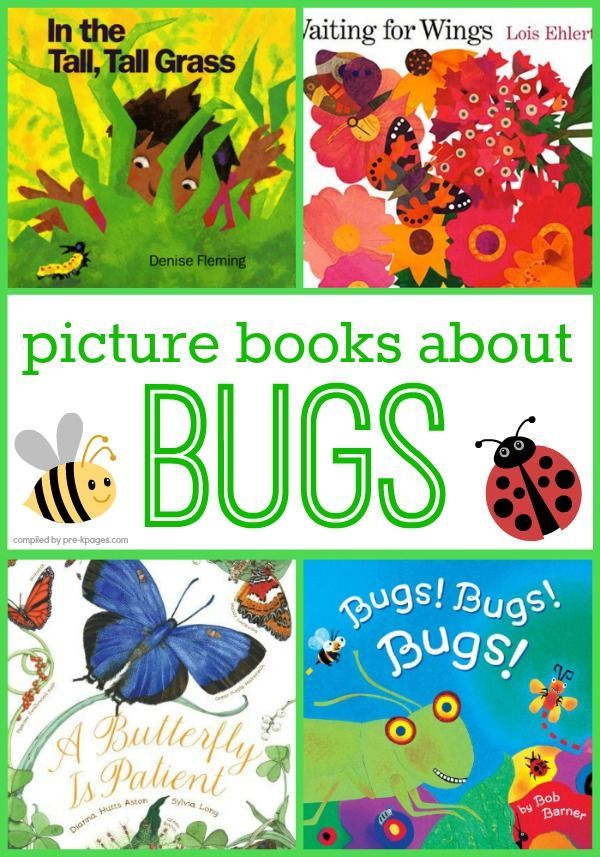 That is why a child can re-read a story (or a whole book) many times if it is consonant with his life situation. The child again and again experiences what he cannot yet cope with in reality.
That is why a child can re-read a story (or a whole book) many times if it is consonant with his life situation. The child again and again experiences what he cannot yet cope with in reality.
Teaching new patterns of behavior
Through the book, the child perceives different patterns of behavior (how to make friends, how to achieve goals, how to resolve conflicts) that can be effective in various life situations. The greatest effect can be achieved if the reading is also supplemented by a joint discussion of who and what took out for themselves, what they liked, what was close, frightened, amused. Parents can help the child to see the analogies of what they read with his own life.
A book is the best teacher of a child.
With its help, he will be able to find answers to his questions, learn about the world and himself, experience the stories of heroes, fantasize the development of further events of a particular work.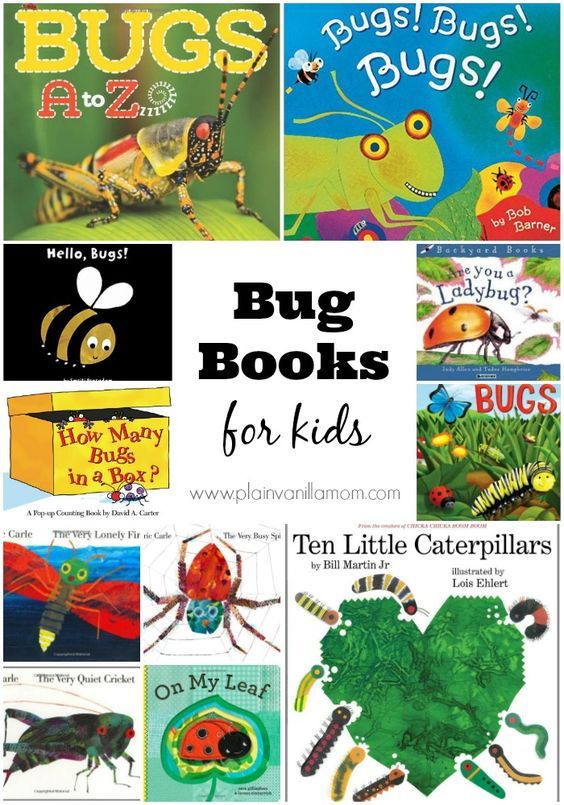
The kid is growing, which means that every day more and more new experiences await him, he actively explores the world and makes many discoveries. He receives more and more various information necessary for him for further correct physical, mental and mental development. Children receive new knowledge from the people around them, primarily from their parents, as well as from books.
It's no secret that today's children read little, preferring books to watching TV programs and videos, computer films. This sad reality should make us parents think and try to somehow correct the situation.
From a very young age, babies need to read as many books as possible. It is very important that he loves this activity. The book may be of interest to both boys and girls, the main thing is to find an option that the child will like.
Scientists have found that a child who is systematically read to accumulates a rich vocabulary.
Reading with the mother, the child actively develops imagination and memory.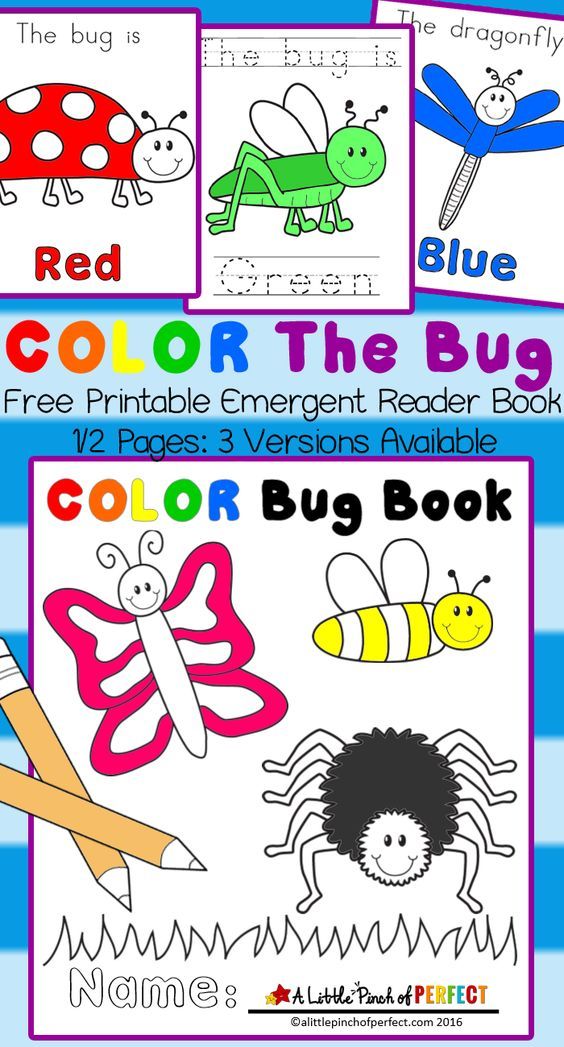
It is reading that performs not only a cognitive, aesthetic, but also an educational function. Therefore, parents need to read books to their children from early childhood.
The variety of children's books surprises, but not always pleases. It is important to remember that in any book, including children's, the most important thing is the content.
Recommendations for purchasing literature:
Children 2-3 years old love books with large pictures, love to look at them. Here Russian folk tales come to the rescue: "Turnip", "Gingerbread Man", "Ryaba Hen", "Teremok".
It is always easier for a small child to perceive a story than reading. Therefore, tell him fairy tales in your own words and at the same time look at the pictures for the book.
In the third year of life, vocabulary increases rapidly, and the child can already read poems. Introduce the work of A. Barto, Z. Alexandrova.
In children 4-5 years old, vocabulary is activated, coherent speech is developing.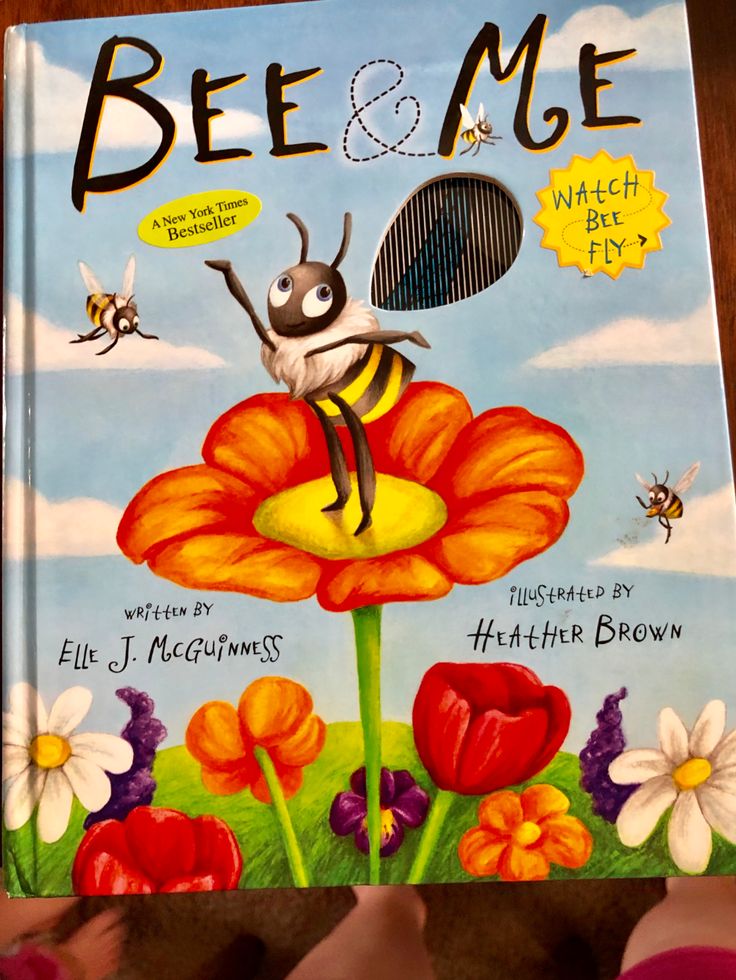 When reading literary works to a child, you need to pay attention to individual words and expressions. You can learn to retell short texts of Russian folk tales.
When reading literary works to a child, you need to pay attention to individual words and expressions. You can learn to retell short texts of Russian folk tales.
Slowly start memorizing poems. At this age, you can introduce the child to the tales of foreign authors, heroic folk tales, stories about nature and animals, and the work of K. Chukovsky.
For children 6-7 years old among all genres of fiction, fairy tales are still in the first place, only author's ones are added to folk ones. Therefore, they can be introduced to the work of Eduard Uspensky, with the funny stories of N. Nosov. Children of this age should buy bright books with large print and many beautiful pictures, the plot of the book should be interesting so that the child wants to read to the end. A book at that age should be fun. When choosing a book, pay attention to the number of dialogues in the works, because you can read by roles.
In order for a child to love a book, parents need to work hard.